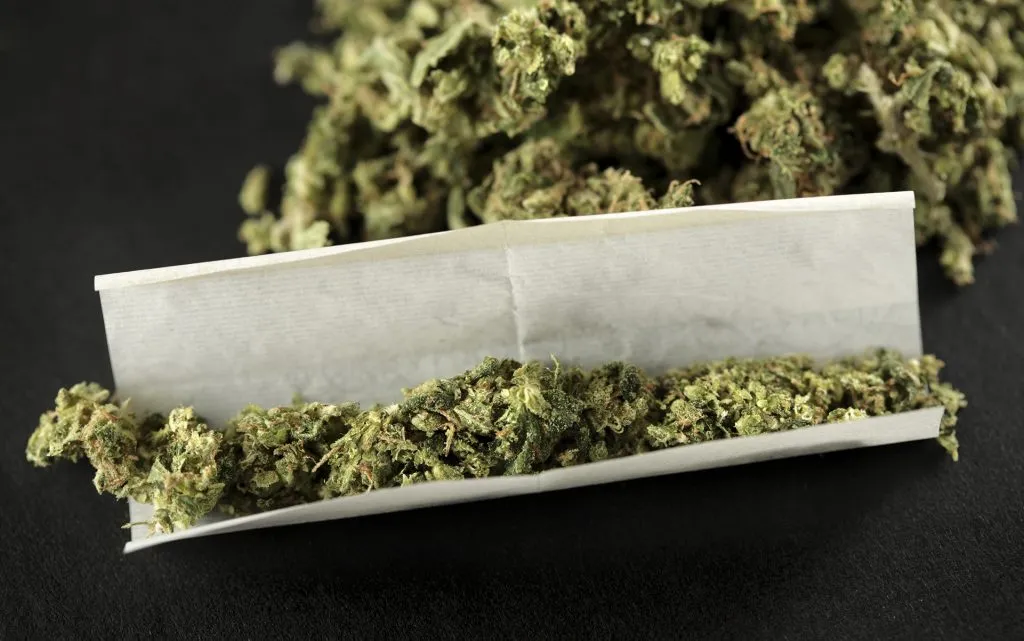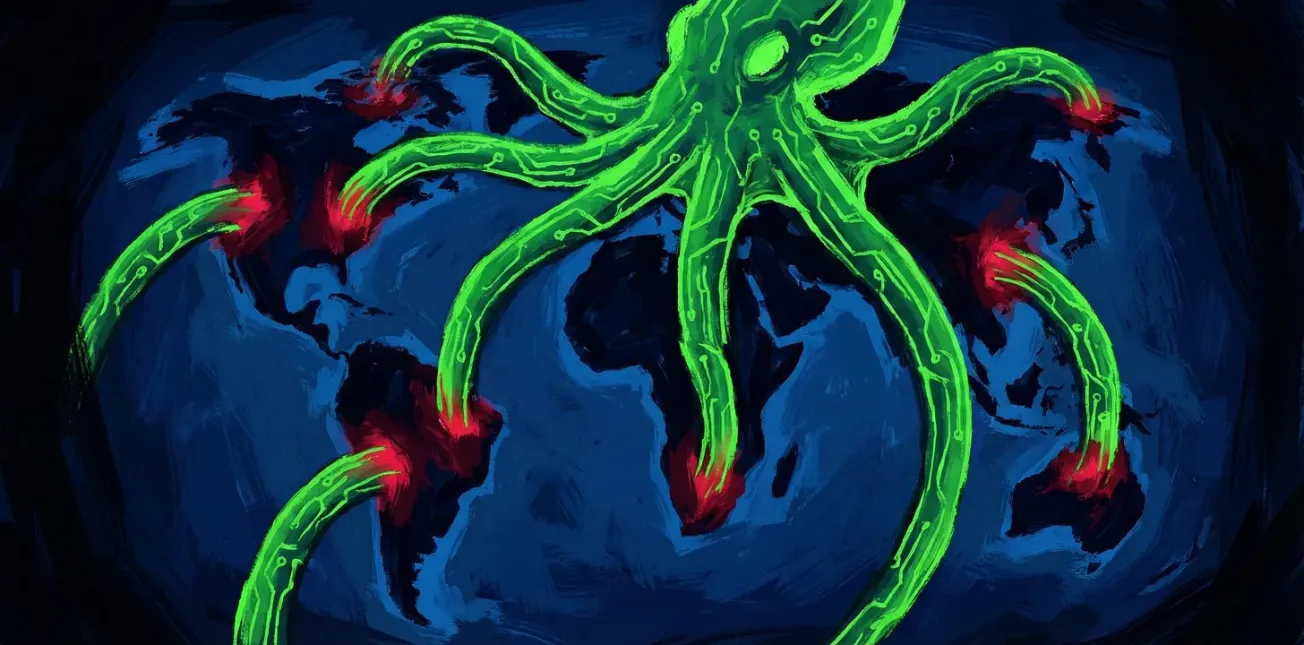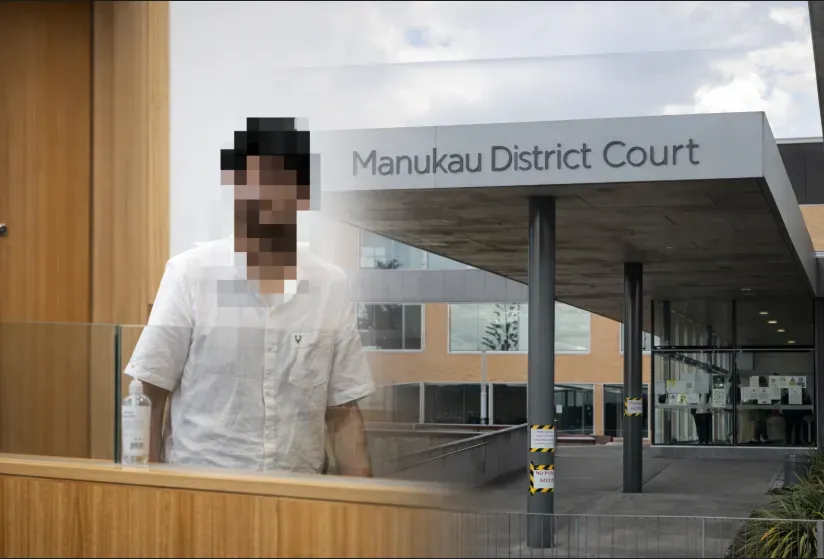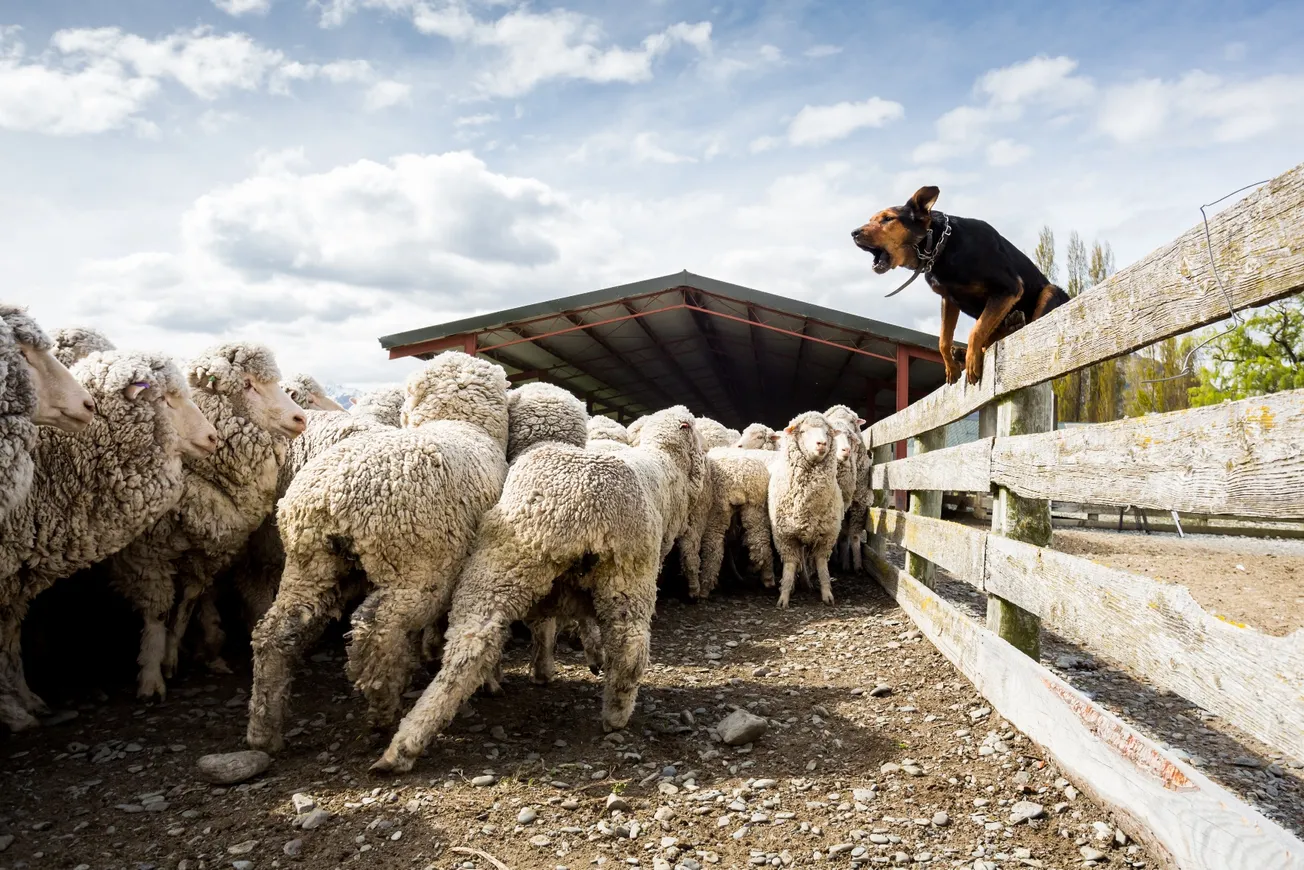Table of Contents
Tony Hall is a former San Francisco DA. He’s seen the results of prohibition and drug dependency up close. In other words, he knows what he’s talking about. Here’s his solution to the drug crisis, particularly with regard to the black market.
The black market supplying drugs to our nation is doubling our crime rate, exploiting our addicts, funding America’s enemies and costing you billions of dollars per year.
The use of illegal opiates and drugs in our society affects each one of us by a significantly increased crime rate, death overdoses approaching 70,000 people per year, billions of dollars going to foreign regimes hostile to America and ineffective domestic programmes that do not solve the problem.
All of this can be corrected if we take the profit away from the market that supplies drugs on our streets.
[…] Criminal justice studies show that the illegal drug market is financed domestically by substance-addicted persons, who resort to stealing more than $150 billion annually to feed their drug habits. The black market exists because of the incredibly high profits that result from the exploitation of drug dependency in people who have no other means to obtain the drugs they crave. Moreover, the government’s approach to the handling of the drug crisis, the bureaucracy in our misdirected rehabilitation programmes and non-enforced drug laws have allowed this industry to survive.
If we are to act on the drug crisis in America, we must first take the money out of the black market.
[…] For a person with a moderate addiction, it is common to spend $150 to $350 a day, depending upon the drug of use. More severe addictions can approach $1,000 per day. Addiction to any drug is not something to be taken lightly. The person is sick, and almost any serious substance use can preclude a person from engaging in productive and meaningful long-term employment. He will most likely turn to crime to finance his addiction when he doesn’t have money. The price of a “fix” and what the person does to pay for that fix is a problem for him and the rest of us who have to deal with the consequences of a black market existing.
According to the US Department of Justice, data collected from those arrested for crimes across 24 different cities showed that 42 per cent to 79 per cent of those arrested tested positive for illegal drugs. Having worked for the San Francisco DA’s office for five years, I would argue that closer to 75 per cent of all criminal offenses involves drug use or dependency.
Eliminate the profit in the black market, and you automatically collapse the drug-crime syndrome. Failure to recognise this results in the price we pay with tax dollars for needless crime, ineffective drug programmes that have proven not to work and lost lives through unsupervised overdosing, all the while lining the pockets of foreign regimes and syndicates that are not our friends.
We can implement the solution by establishing government-operated clinics that would produce and dispense these drugs now only available in the illegal market, along with legal drugs used for rehabilitation (eg methadone) only to addicts in a regulated and controlled environment. This programme could easily be absorbed within the existing Public Health Department facilities and services that operate in almost every community in America. The cost to produce the necessary drugs in a government-controlled environment is minuscule. The cost to implement such a programme would be more than covered by the savings gained through eliminating street crime […] and unpredictable drug outreach programmes that have proven not to reduce the problem. In addition, we would be making a genuine attempt to salvage the lives of persons with substance-use disorders and eliminate the drug dealers who exploit them.
We’ve seen a version of this solution work. In England, various opiates are available and administered to registered addicts through government-run programmes. […] In San Francisco and New York, a person would have to raise $1,000 to purchase the same amount of heroin he could get through supervised legal channels in London for less than $5.
Some of you might be thinking, “By offering the addict free heroin, you foreclose all chance of curing him.” Let’s look at England again. The relative ease of acquiring the drug has not increased addiction. The UK has a population of about 60 million. Home Office figures show that the number of people in continuous treatment for primary opioid use has decreased from 113,869 in 2011 to 94,628 in 2018. At least one-third of all addicts in England are in regular employment. In contrast, 2019 estimates of the number of intravenous drug users in San Francisco alone was about 22,000, with the city’s population around 825,000. In 2020 and 2021, roughly 1,310 people died from drug overdoses, despite the city budgeting $71.4 million each year for treatment and overdose prevention programmes.
To be clear, I am not suggesting making illegal drugs readily available for just anyone to possess. Its dispensation would only be to bone fide addicts in a controlled environment and anyone caught possessing illegal drugs with intent to distribute must be penalised under a new set of strict drug laws. If an addict wants to cure himself, this is his chance, and he can do so in conjunction with existing programmes offering mental health services, education, employment and housing support. People with addiction who choose recovery would probably have better motivation and a greater chance of success since they would be making a free choice. However, statistics show that some people will sadly never curb their addiction. This strategy still supports them by offering a means to satisfy their specific need under regulated conditions, thus eliminating the need to acquire money by criminal means to purchase illegal drugs.
The time has come for a drastic and new approach to a horrible crisis that will not cure itself. Let’s defang this monstrous and illicit enterprise by eliminating the profit from the black-market drug trade.
In my opinion, while having safe consumption sites for addicts is a good start, it doesn’t go far enough.
Not all addicts will use them. Also, addicts would have to have bought from the black market in the first place: it will be impossible to have safe consumption sites only for addicts and to wipe out the black market completely.
My solution? Legalise all drugs across the board.
Liberalisation would take place slowly and be measured, with any changes being able to be rolled back (as an aside, one of the major problems with the proposed cannabis legislation was that it allowed cannabis outlets straight out of the gate).
Radical? Not really. Not when you realise that it’s actually prohibition that is radical. Slowly liberalising and taking a measured approach is actually the conservative approach.
But wouldn’t making drugs more available increase the percentage of users who are addicts?
Let’s take alcohol, a legal drug, as an example. The addiction rate for illicit drugs is around 15 per cent. The addiction rate for alcohol is 10 per cent. In fact, heavy drinking is much more of a problem than alcoholism and, unlike alcoholism, it’s possible to reduce heavy drinking without having to use intervention.
Many of you will be saying, “Fine, prohibition doesn’t work, but there’s no way I’d want to see something like meth legalised.” Well, I’d rather drugs like methamphetamine didn’t exist at all. But this isn’t about what you and I want. It’s about finding the best solution that actually works, whether we like that solution or not.









